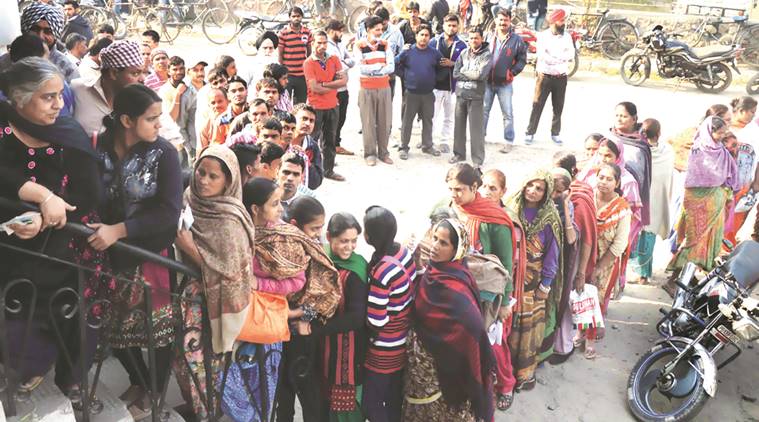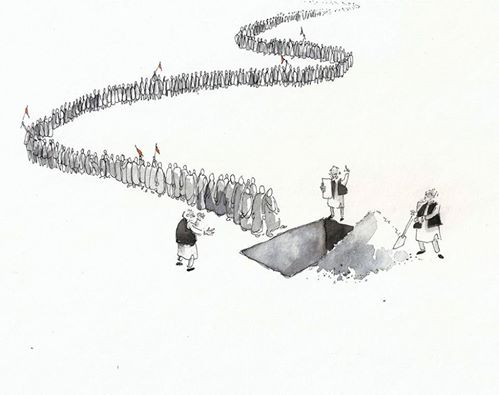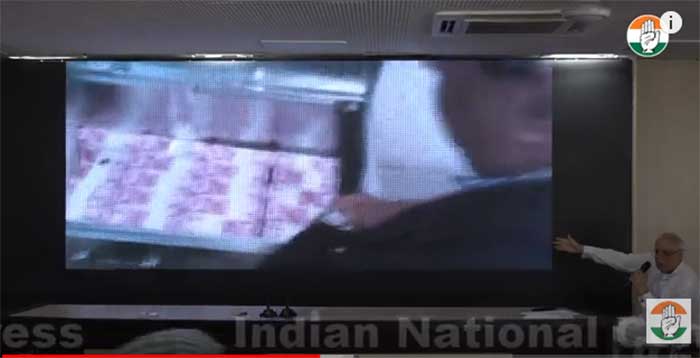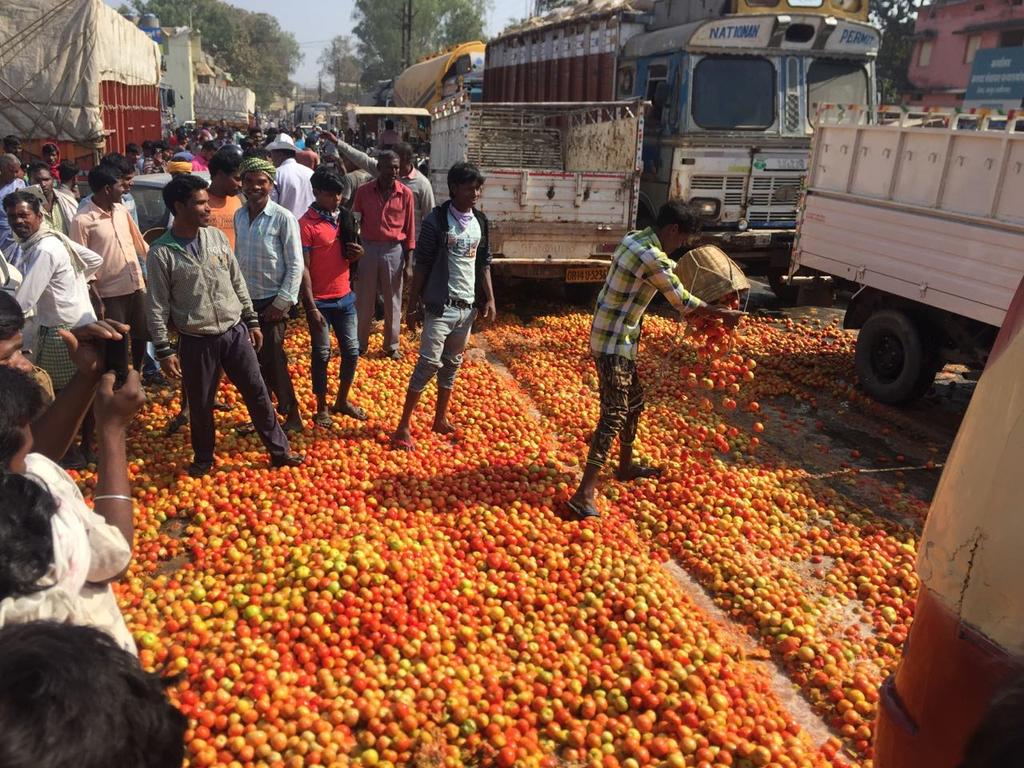
Political analyst Devinder Sharma tweeted that angry farmers in Raigarh district in Chhattisgarh are dumping tomato on highways. The reason? They are getting 50 rupees for a 100 kg batch of tomato. That means they are getting 50 paise for a kilogram of tomato. Ironically, 50 paise is practically out of circulation in India.
Angry farmers in Ramgarh dist in Chhattisgarh dumping tomato on highways. Getting market price of Rs 50/qntl only. pic.twitter.com/BA7fc7f1n2
— Devinder Sharma (@Devinder_Sharma) December 7, 2016
The banning of Rs 500 and Rs 1000 notes have wrecked rural economy. Here are some sample reports.
Scroll.in quoted a wholesale vegetable dealer in Bihar, “Cauliflower was selling for Rs 12 a kilo just before the announcement on November 8. It is now selling for one or two rupees.”
The Hindustan times reported of a cabbage farmer named Sanjay Gunjal of Ahmednagar district in Maharashtra who got just Rs 6,000 for his entire one acre of produce instead of Rs 80,000, the market price he could have got earlier.
I bought a kilo of onion from my neighborhood store for Rs 10, which used to cost Rs 40 or more. You can imagine how much the farmer who produced it would have got.
Yes, the prices are falling. At last the consumers can get things at a cheaper price. Is it that simple an equation? Or is there something more sinister and devastating lurking behind falling prices?
John Maynard Keynes writes in his 1923 classic “A Tract on Monetary Reform” “……to every merchant and every manufacturer, that for some time to come his stock and his raw materials will steadily depreciate on his hands, and to every one who finances his business with borrowed money that he will, sooner or later, lose 100 per cent on his liabilities (since he will have to pay back in terms of commodities twice as much as he has borrowed).”
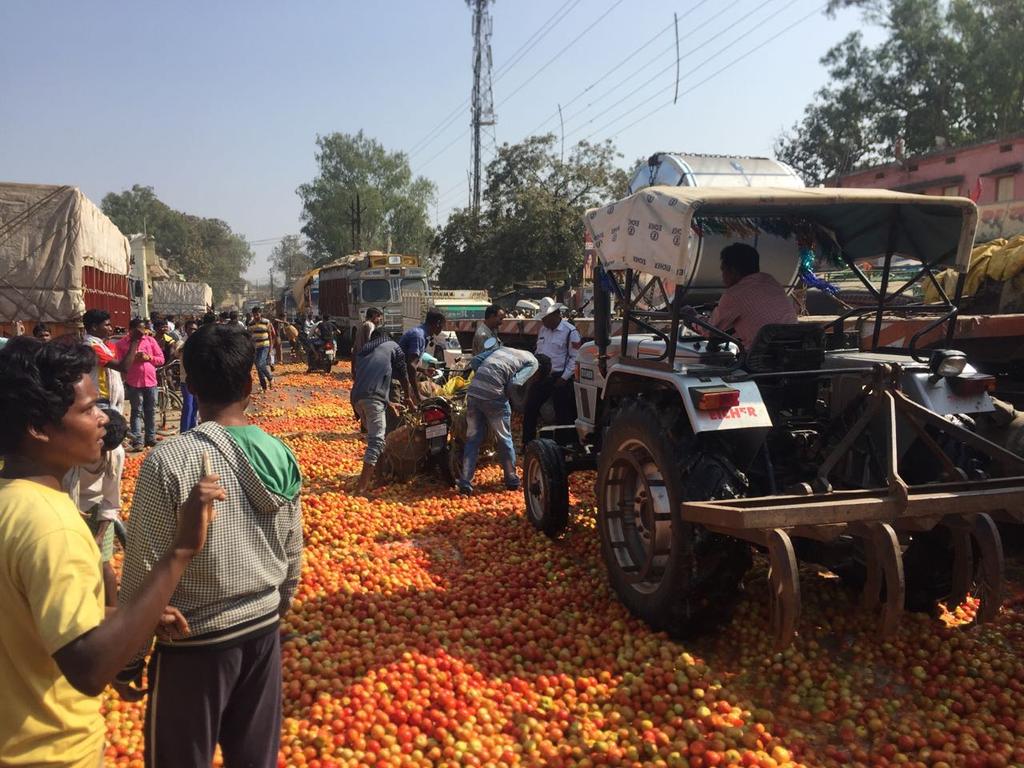
Think of the tomato farmer who has to sell a kilo of tomato for 50 paise, or the cauliflower, cabbage or onion farmer who has to sell at above mentioned prices. Did he get back what he invested in terms of money or energy? How will he sustain the family? Imagine if he had borrowed money to plant his crop, god forbid he did not, how will he pay back his debt? He is falling into a spiral of debt trap from which he may never escape. That’s the real reason behind lakhs of farmer’s suicide.
3,00,000 farmers have committed suicide in the last 20 years. That’s the result of 20 years of neo-liberalist experiment in Indian economy. Here comes the shock doctrine of Narendra Modi’s demonetization or note ban of November 8. How many more farmers will have to follow those of the 3 lakh listed above? Many more will follow.
Is it a case of rural economy only? India being a predominantly agricultural economy the symptoms of demonetization will start showing in rural India first. And it is showing. The government has to read the signs.
The symptoms are a classic case of economic deflation. These are some of the symptoms of deflation:
>> Reduced Business Revenues
>> Wage Cutbacks and Layoffs
>> Changes in Customer Spending
>> Reduced Stake in Investments
>> Reduced Credit
And it’s all happening in many parts of India, especially in rural India.
What about urban India? People are holding onto their cash like proverbial straw of the sinking man. The thinking is, what if someone in the family falls sick and if I don’t have cash? Nobody will lend me money. Everybody is hoarding cash. The trust has been lost. Everybody is looking for his/her own survival.
People are not willing to spend. Everybody is postponing their purchases of ‘luxury’ items, not even necessary items like vegetables. This is adversely affecting the vegetable producer back in the village. He can’t store his perishable items. Therefore he is dumping it on road to show his desperation.
All businesses have come to a standstill. This will adversely affect the tax revenue of the governments, both state and central. Government of India depends heavily on petrol/diesel tax revenue. In India taxes exceed the real cost of petrol/diesel. In the financial year 2014-15 total tax revenue Government of India earned from petrol/diesel was Rs 75,441 Crore. If people stop travelling or goods movement slows down, which is already happening, the government revenue will plummet. Since business has slowed considerably, tax revenue will fall. In that scenario, how will the government run? Print more money? They can’t. Since the currency presses are running full throttle and can’t bring out enough cash into banks.
A greater than ‘Great Depression’ or worse is staring down on India. The only option on the table for the government is to shed down its false ego, admit that they made a mistake, apologise to the people and bring back the old currencies. Otherwise, floods! That will sink all of India.
Binu Mathew is the Editor of www.countercurrents.org. He can be reached at [email protected].


